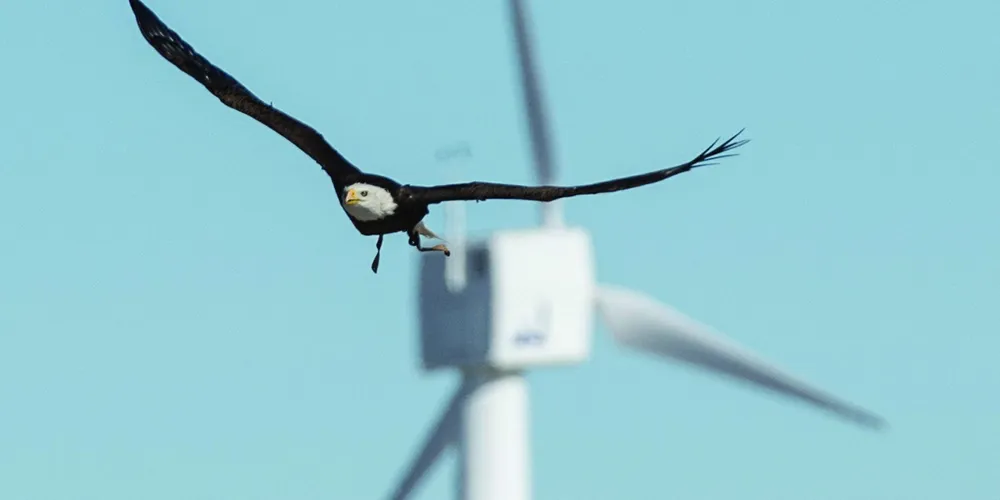US 'wake steering' first on Longroad wind farms points to big boost for ageing turbines
Technology developed by American outfit WindESCo returns 'initial positive results' from retrofitted turbines on two Utah wind farms

Tests of ‘wake steering’ – the technique of angling wind turbines fractionally away from the prevailing wind stream to boost energy capture – at a major onshore wind farm in the US have shown the potential for the technology to give a “significant” increase to power output from operating machines, according to Longroad Energy.
“It’s no secret that as assets age they have a natural tendency to experience certain losses in efficiency. But that doesn’t have to be the end of the story,” said Jeremy Law, head of asset management at Longroad.
“We are committed to looking at innovative solutions that not only mitigate production loss, but actually reverse that direction of travel,” he added, noting Longroad was “comfortable that WindESCo will deliver that expected AEP gain”.
Turbine wake –the turbulence behind the turbine rotor – can reduce the efficiency of machines downwind from a wind farm’s front row by up to 20%. according to some studies. “As wind energy installments have grown in turbine size and scale over the last several years, this problem has been exacerbated,” said WindESCo CEO Mo Dua.